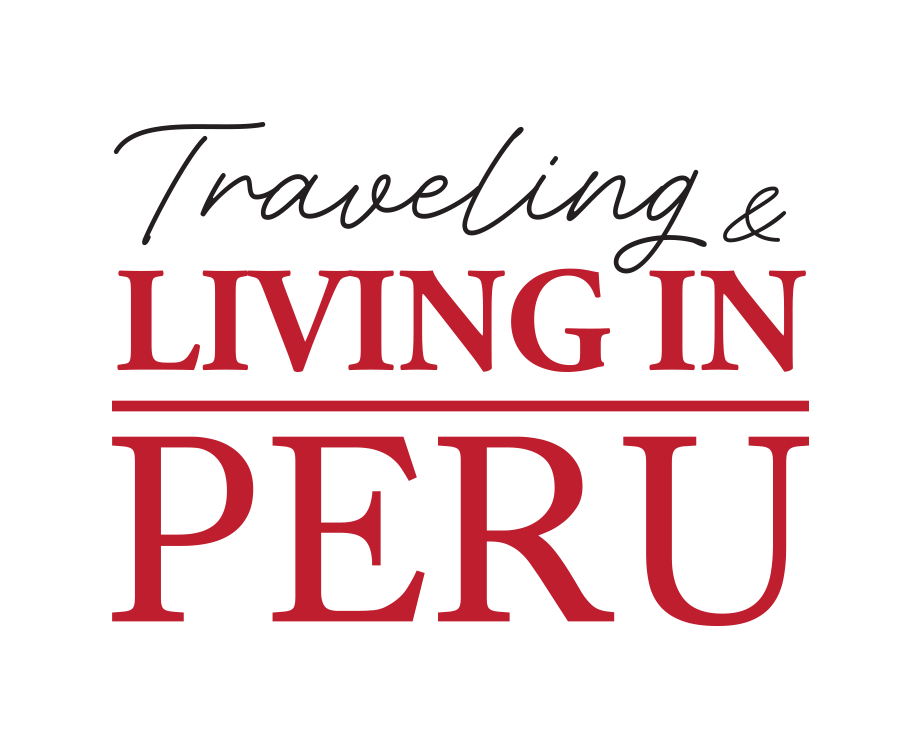Pucallpa receives few foreign visitors, but it’s a great gateway to the jungle in Peru. Here’s what you should do once there.
Pucallpa isn’t much of a tourist town. The travelers on your flight from Lima? They are continuing on to Iquitos. Watch; the only gringos getting off the plane with you in Pucallpa are missionaries and doctors. When you walk into the little terminal, you will not be swarmed by touts.
No tour guides, no reps from hotels. Even when you exit to the parking lot, the taxi drivers hang back. If you don’t approach them, they’ll happily sit around all day.
Laguna Yarinacocha
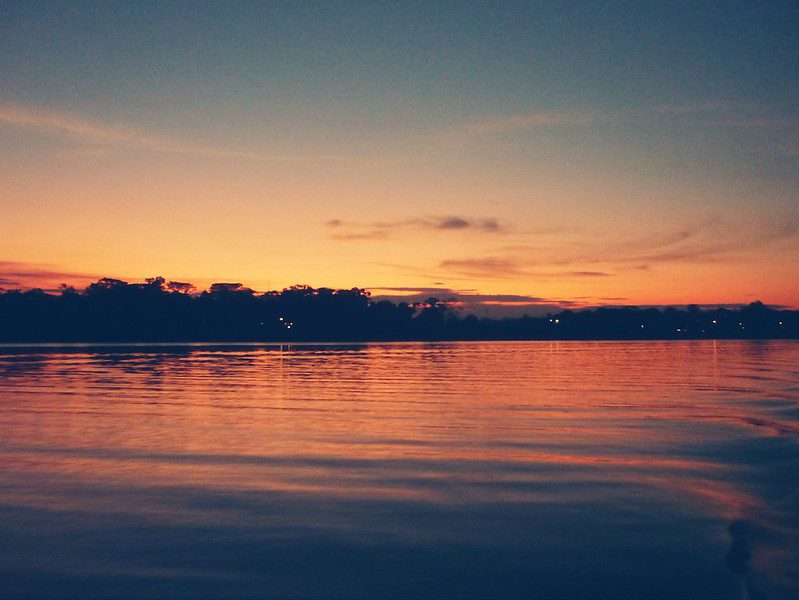
If you ask a local what there is to see in Pucallpa, he’ll answer “Laguna Yarinacocha.” Yarinacocha is an ox-bow lake. It was once a bend in the Ucayali River, but the river shifted, and the two are only connected during the rainy season.
Today, the lake shelters some excellent jungle wildlife, as well as a few indigenous communities that maintain, to varying degrees, their traditions.
For the locals, Yarinacocha also serves as Pucallpa’s best place to party. There are a number of nightclubs and restaurants along the lakeshore. They get rowdy at night, and their soundtracks are a little cumbia-heavy for most visitors.
During the day, though, they are a great place to watch the lake and sip a local San Juan beer, which is probably made with the same recipe as the beers back in Lima, but tastes much better because of the ungodly humidity in Pucallpa and the bad-ass jaguar on the bottle’s label.
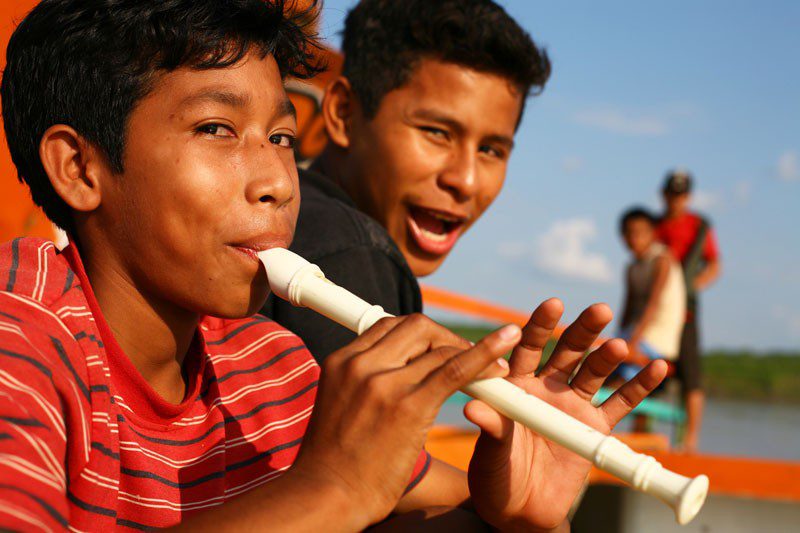
Don’t dawdle too long. There are more interesting things to see than the beer models shooting publicity photos down by the water. There are a number of guides along the water who will offer you a trip on Yarinacocha’s tourist circuit. They all have 12-18 ft. covered motor boats and unbelievable stories of encounters with jungle creatures.
Ask around at the restaurants for a recommendation of a good guide, because the good ones will help you spot animals. Along the lakeshore, you’ll find plenty of cranes and other waterbirds, and in the trees, you will find sloths dangling from high branches. Monkeys can be spotted scurrying around as well. During the rainy season, at the point where the lake and river meet, you can frequently find river dolphins; a good guide will know how to coax them up from the depths.
The day-long tour also includes a visit to one of the indigenous Shipibo villages, usually San Francisco. San Francisco is a small little town that is trying really, really hard to commodify its culture. You’ll find an outsized tourist market selling some interesting crafts and billboards advertising ayahuasca ceremonies.
There are other, more traditional communities scattered around the area, but it will be harder to convince your tour guide to take you there. The lake towns are also accessible by the irregular ferries, which is how the locals travel. It’s cheaper, but it’s not a good option for wildlife-spotting.
Pucallpa, the city
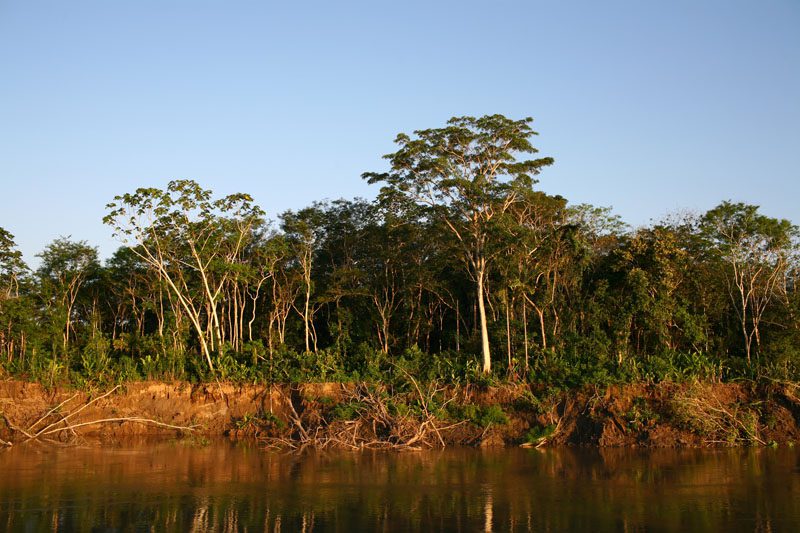
Pucallpa, twenty minutes from Yarinacocha by mototaxi, is a rough-and-tumble port city. It sits on the Ucayali River, which looks as wide as Twain’s Mississippi during the rainy season. This is about as far as the road from the coast goes, and it’s a big shipment point for goods going to or coming from Iquitos. The streets above the port are filled with stores selling nets, anchors, hammocks and liquor- the basics for an Amazonian expedition.
The other attraction in town is the Parque Natural Zoo. As Latin American zoos go, it’s not a bad place, and the only animals that seem to really mind the close confinement are the jungle cats. The zoo has a pretty complete cross-section of jungle creatures, from some very playful monkeys to the snorting peccaries.
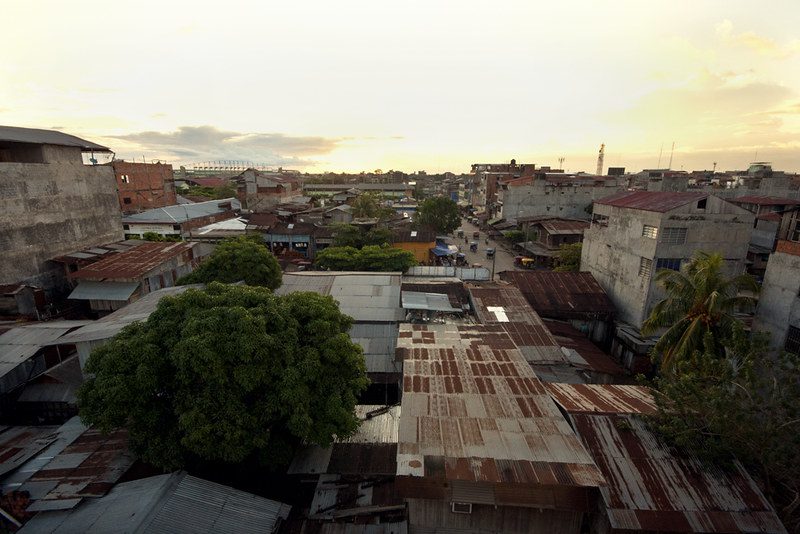
When you board your plane, you’ll find plenty of tourists returning from Iquitos. They will have seen many of the same things you did, but you will have seen those things far off the tourist trail.
Cover photo: samuel bravo silva/Flickr
This article has been updated from its original publication on November 30, 2011.
